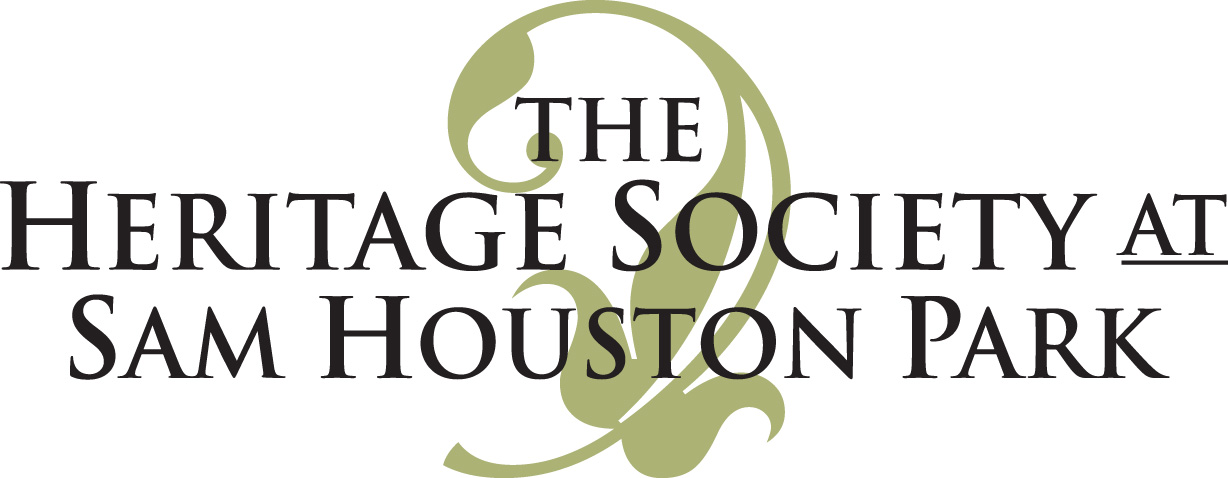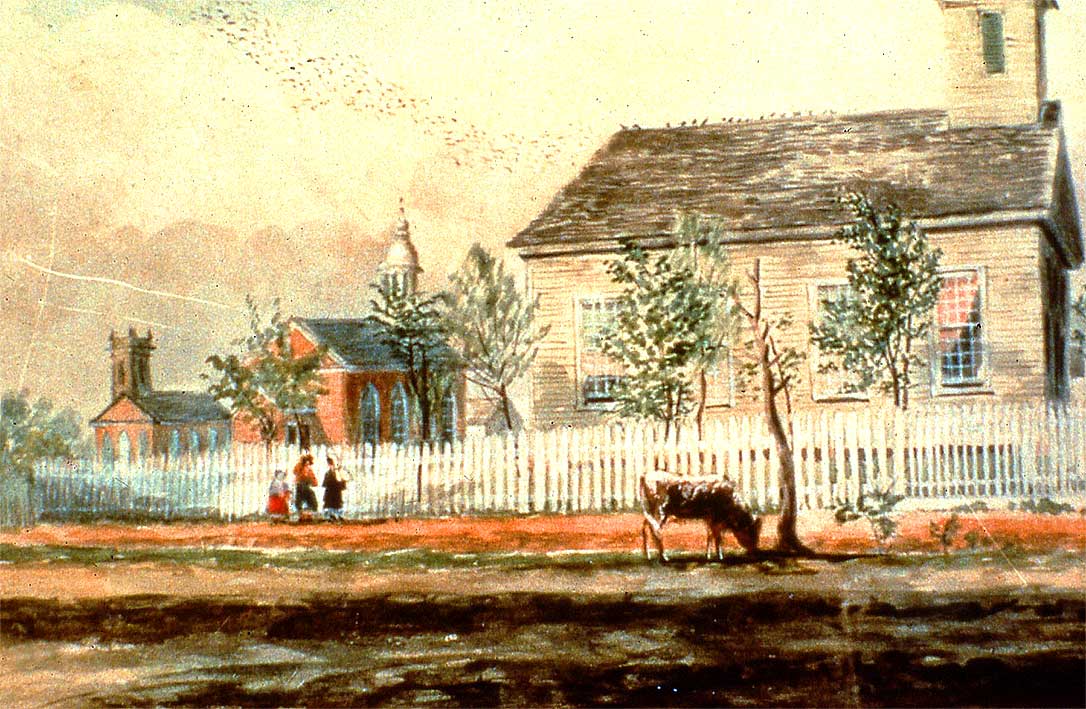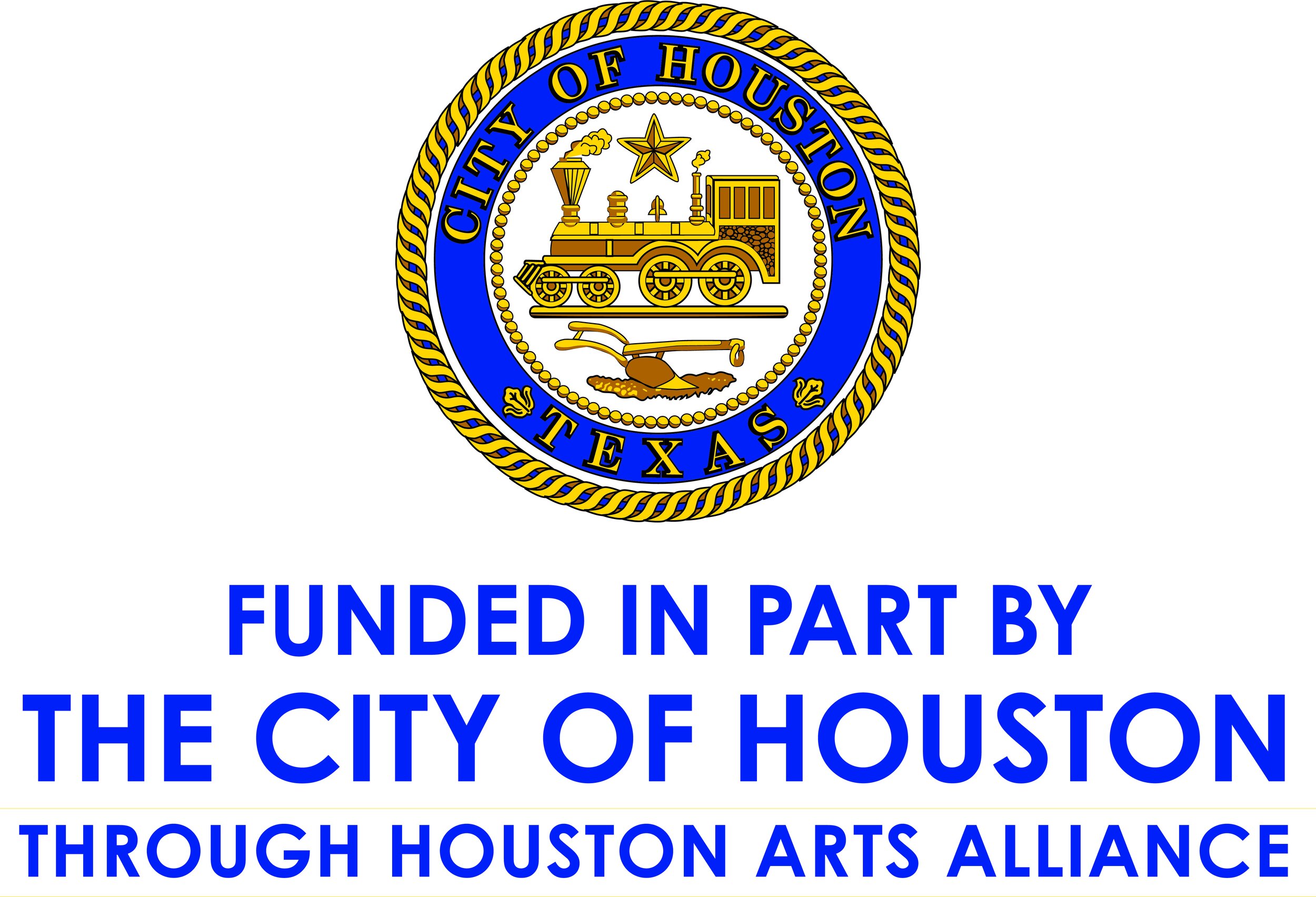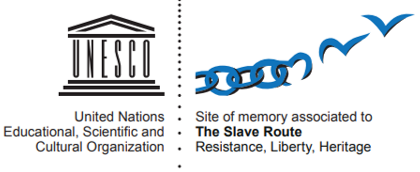Top holiday values in Houston
Back on June 18, 1839, Houston’s Morning Star reported: “It is a source of much astonishment and of considerable severe comment upon the religious character of our city, that while we have a theater, a courthouse, a jail and even a capitol in Houston, we have not a single church.”
A Boston newspaper printed a similar commentary and added that Houston also had hundreds of “groggeries” – drinking establishments, in lay terms, but lacked places to worship, hold prayer services, and study the bible.
Thomas Flintoff’s 1852 painting of the early churches now resides in Houston after traveling many miles across the ocean. In 1984 the Mayor’s office received a phone call from Jean Salvado in Australia explaining that she had several watercolor paintings labeled Houston, Texas that had been bought by her grandfather on a trip to London in 1910. When First Presbyterian Church learned of the existence of the painting of the churches, they contacted Mrs. Salvado, purchased the work, and today it hangs in their magnificent house of worship.
Houston's divine beginning
In the absence of organized Christian churches, visiting ministers came to Houston and held religious services outdoors, in homes, or, frequently, in the Senate Chamber of the Capitol. Finally, congregations began forming as places to worship. The first church building was erected by the Presbyterians. Others soon followed to deliver sermons, hold bible study, and more. Most of Houston’s early Christian churches employed similar church architecture, with their cracker-box shapes, gable roofs, and small steeples. This early church architecture was unlike the ornate mausoleum-like Church architecture in Rome.
The watercolor shown on this page, painted in 1852 by itinerant English painter Thomas Flintoff, depicts (from left to right) the first Methodist, Baptist, and Presbyterian churches. These Christian churches in Houston were located within a block of each other. Now, going to a preferred denomination for prayer services and to celebrate Christian holidays, like Christmas, was possible.
That’s because Houston founding fathers, the Allen brothers, had designated one block as a Church Reserve on their original map of Houston. A school was originally placed there, but ultimately the Methodist congregation occupied the site until 1910 when they relocated and the Chronicle Building was erected on the Church Reserve. Interestingly, the Allen brothers’ School Reserve has always been the location of the first Episcopal congregation, now Christ Church Cathedral.
Steeples for the peoples
As congregations grew to meet the need for more Christian sermons, bible study, and to celebrate traditional holidays like Christmas, the need for larger, and often more elegant, Christian churches emerged. Variations on Gothic and Romanesque architectural church styles were applied most often to these ecclesiastical religious structures.
Towers and steeples abounded, as in Annunciation Catholic Church’s steeple, the highest point in Houston until 1912. Stained glass windows filled many sacred places of worship, including “Charity,” an authenticated Tiffany window at Christ Church Cathedral in Houston.
The nearby countryside held simpler frame churches as seen in St. John Evangelical Lutheran, now one of The Heritage Society’s historic structures in Sam Houston Park.
Mass with class
Of course, the churches in Houston aren’t distinguished just by their church architecture, bible study, prayer services, and ways they celebrate traditional Christian holidays. Finding the right church entails exploring their diverse and dynamic congregations and ceremonies.
Take for instance the remarkable Mariachi Mass celebrated at St Joseph – St Stephen Church in the Sixth Ward, the second oldest Catholic Church in Houston.
Spectacular church celebrations include the Mariachi Mass, or Misa Panamericana. This was first performed in Mexico following Vatican II reforms in the 1960s. The Rev. Patrick Flores at St. Joseph, who later became the Roman Catholic Church’s first Mexican-American bishop, is credited with bringing the celebratory Mass to the U.S. and introducing the congregation to festive mariachi music.
Flores invited Jesse Escareno and his friend Guadalupe Vasquez of the renowned Mariachi Norteño ensemble to study the music in Mexico. They did so, and now this festive church celebration has trumped the traditional mass service every Sunday for the last 47 years, their violins, guitars, guitarron, trumpet, and vihuela – a six-stringed instrument resembling a lute – resounding through the church and inspiring many of the congregants to sing along.
One would be hard pressed to top this example of the overflowing faith and spirit that animate our modern metropolis.
Mariachi Norteno
Founded in 1959 by guitarron virtuoso Jesse Escareno, the Mariachi Norteño ensemble brought the mariachi folk Mass called la Misa Panamericana to the U.S. from Mexico. And they keep bringing it, every week, to a packed congregation at the St Joseph – St Stephen Church in the Sixth Ward. Holding his beloved guitarron, a six-string bass guitar developed in 16th-century Spain, Escareno said, “I taught myself to play,” before looking heavenward and acknowledging, “Maybe He helped me.”
Houston – the Lord is on board.
St. Joseph/St. Stephen
The Romanesque Revival structure that today is home to St Joseph – St Stephen Parish was built in 1901, replacing an earlier sanctuary destroyed in the great hurricane of 1900. Formerly this church was known as St. Joseph’s, until the two parishes merged in 2016.
Christ Church Cathedral
From its founding, Christ Church served people of many religions and races. The first rector conducted funerals for Roman Catholics, weddings for Jews, and taught the catechism to children of the servants. Christ Church had black members before and after the Civil War, and their children attended the Sunday school.
Explore Your Heritage
Enter your email address below to make sure you receive emails from The Heritage Society conveying our latest news, announcements of special events and celebrations, limited-time discounts, and more.
Don’t neglect your Heritage; sign up today!












